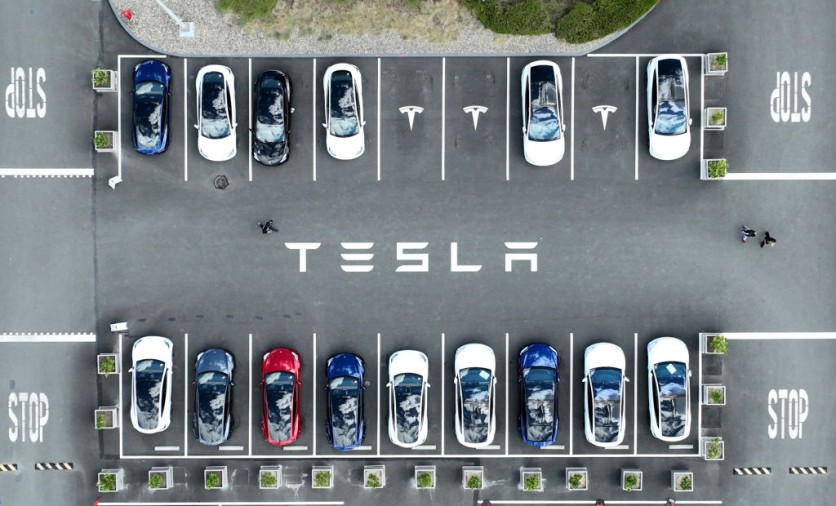A Tesla that smashed into a brick wall had left many questioning whether the electric vehicle's parking sensors or anti-collision mechanisms were working.

The accident in Sydney's west left bystanders with minor injuries. It appeared that the Tesla vehicle mounted the curb before it smashed into a red brick wall that destroyed a part of a garden and left parts of its undercarriage behind it.
The vehicle is a Tesla Model 3, known to have anti-collision software, including full-body sensors and automatic braking. Although many think the driver was the one to blame for the accident, the Tesla vehicle also had a history of bizarre accidents.
Faulty Anti-Collision Sensors?
The anti-collision sensors are designed to prevent accidents with prompts sent to the driver when an impact is imminent, which didn't help the driver on this occasion.
This fuels skepticism over the safety of Tesla vehicles. In April 2022, a Tesla in auto-driving mode drove into a US airport and slammed into a $3m private jet, which was caught on CCTV. It was seen that the Tesla continued driving even after getting jammed under the jet's tail.
Even though it wasn't confirmed if the vehicle's driverless feature was involved in the parking attempt in Sydney, the history of mishaps from the EV brand has created a stigma.
Additionally, a 2022 report showed that between July 2021 and July 2022, 70 percent of accidents related to advanced driver assistance systems involved at least a Tesla.
Is Tesla Safe?
While there have been incidents involving Tesla vehicles and their driver assistance systems, it is important to consider the overall safety ratings and statistics of the brand. Tesla vehicles have consistently received high safety ratings in crash tests conducted by organizations like the National Highway Traffic Safety Administration (NHTSA) and the European New Car Assessment Programme (Euro NCAP).
However, the incidents involving Tesla's Autopilot and Full Self-Driving (FSD) features have raised concerns about the safety of the technology and the potential for misuse by drivers. It is crucial for drivers to understand the limitations of these systems and always maintain full attention and control while using them, as they are not fully autonomous and still require human intervention.
Tesla vehicles have been proven to be safe in terms of crash protection and structural design, but the safety of their driver assistance systems depends on responsible use by drivers. It is essential to follow Tesla's guidelines and always remain attentive and ready to take over control when using Autopilot or FSD features.

ⓒ 2025 TECHTIMES.com All rights reserved. Do not reproduce without permission.




